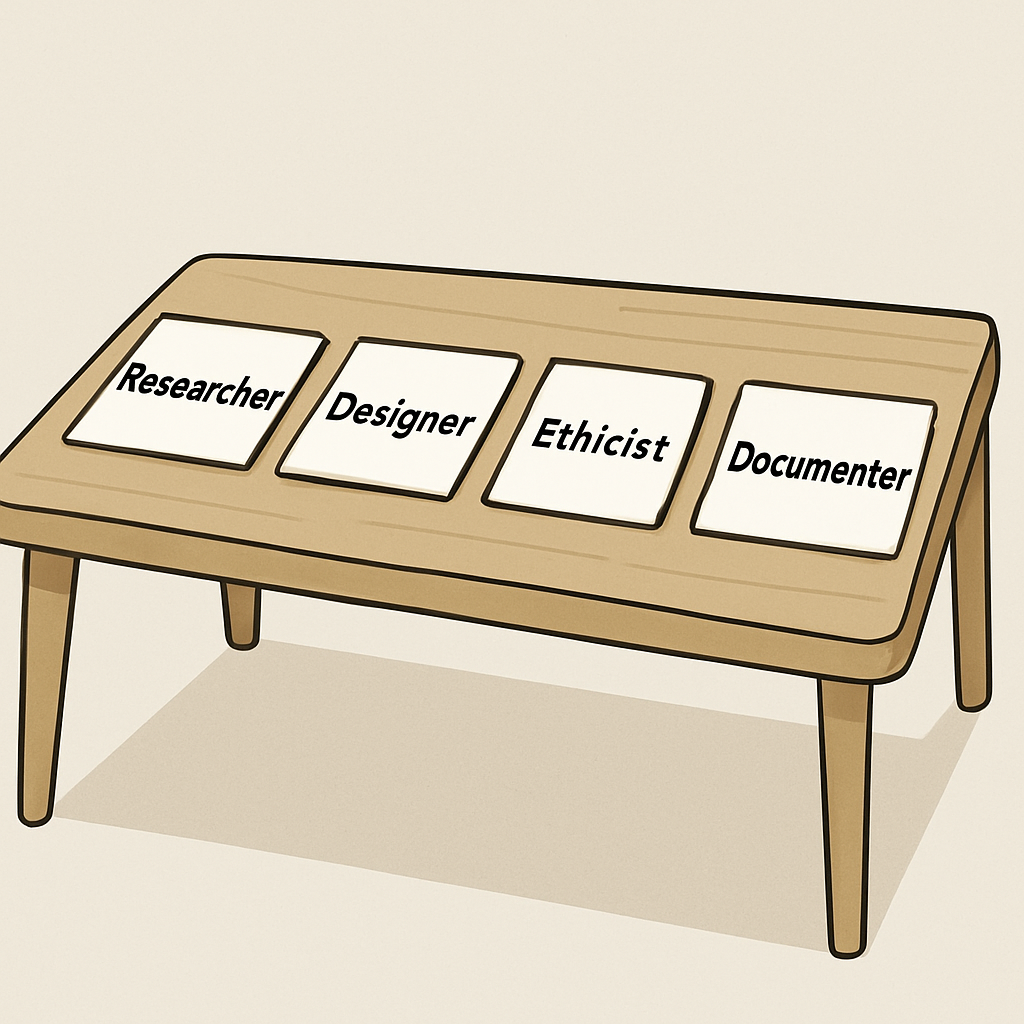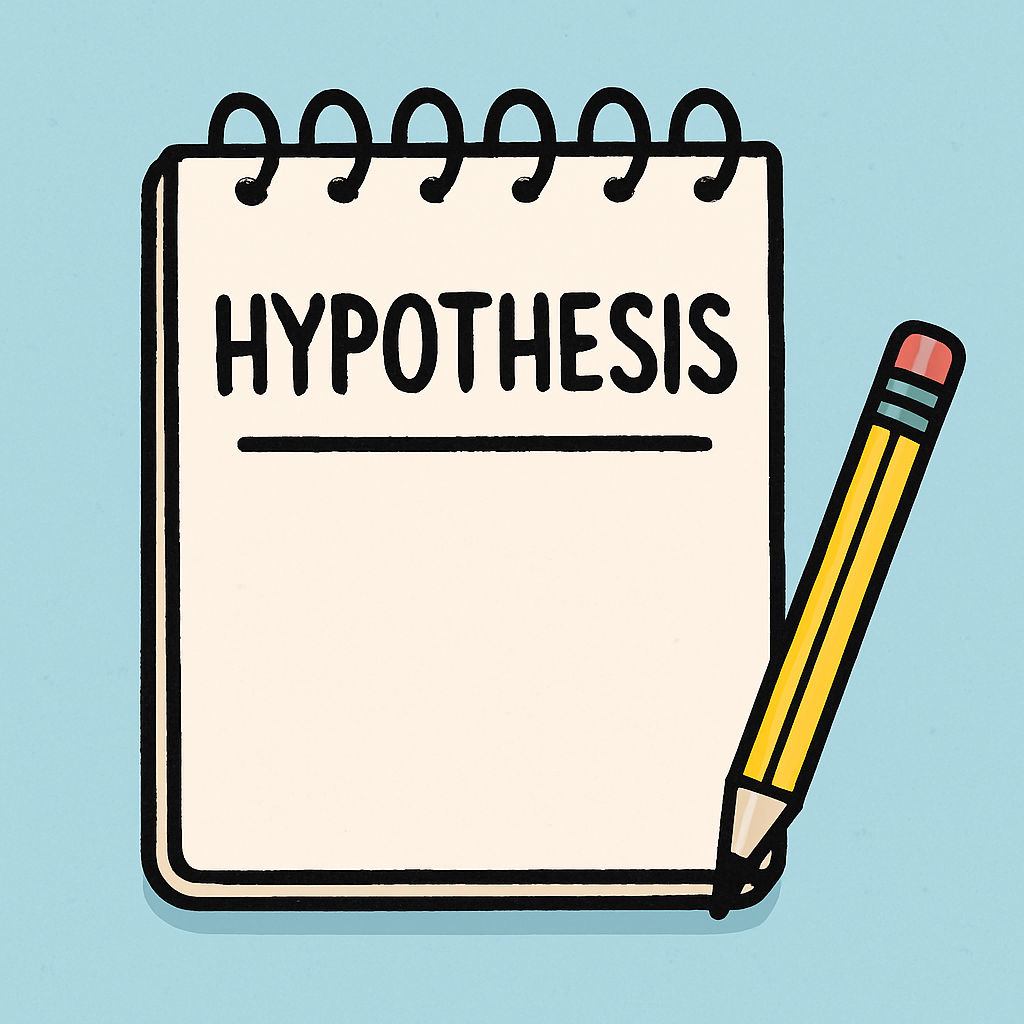 In this lesson, you'll learn how to choose an interdisciplinary topic that sparks your interest, develop a testable hypothesis to guide your investigation, consider important data ethics to ensure responsible practices, and begin planning how to collect your data.
In this lesson, you'll learn how to choose an interdisciplinary topic that sparks your interest, develop a testable hypothesis to guide your investigation, consider important data ethics to ensure responsible practices, and begin planning how to collect your data.
This lesson sets the stage for your analytics artefact, where you'll analyse data to draw meaningful insights and inform decision-making.
As you're working in teams, remember to collaborate effectively, sharing ideas and assigning roles to make the most of everyone's strengths. By the end of this lesson, you'll have a solid plan for your project, ready to dive into data processing in upcoming sessions.
 Work with your team to assign roles for this planning phase. This builds on the team formation from the overview lesson.
Work with your team to assign roles for this planning phase. This builds on the team formation from the overview lesson.
Roles could include:
Discuss strengths: If someone excelled in the Analytics unit, assign them to planning data processing or visualisation.
Start by selecting a topic that interests your team and relates to real-world issues. Good topics are interdisciplinary, meaning they connect computing with other subjects like environmental science, health, or social trends. This will make your project more engaging and allow you to apply analytics skills effectively.
For example, you could explore 'The impact of social media usage on study habits among teenagers' or 'Patterns in local weather data affecting crop growth in your area'. Other ideas might include 'The relationship between exercise frequency and sleep quality' or 'Trends in recycling habits in your school community'.
Guided Steps:
 A hypothesis is a clear, testable statement about what you expect to find from your data. It acts as a guiding prediction for your project, helping you focus your data collection and analysis. It should be based on your chosen topic and directly relate to the kinds of calculations you'll perform, such as finding frequencies, means, medians, or modes.
A hypothesis is a clear, testable statement about what you expect to find from your data. It acts as a guiding prediction for your project, helping you focus your data collection and analysis. It should be based on your chosen topic and directly relate to the kinds of calculations you'll perform, such as finding frequencies, means, medians, or modes.
Guide to Formation:
Ethics are crucial in data handling. Always respect privacy, obtain consent, and avoid harm.
Key Principles:
For more on ethics, refer to Data Protection Commission.